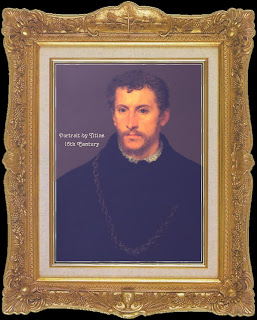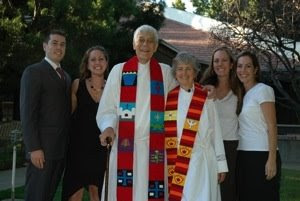 This photograph was taken at the Jesuit ordination Mass in 1925 at Georgetown University. Please notice the fiddleback vestments of the Traditional Latin Mass and the lay faithful kneeling and awaiting the new ordained Jesuit priests first blessings.
This photograph was taken at the Jesuit ordination Mass in 1925 at Georgetown University. Please notice the fiddleback vestments of the Traditional Latin Mass and the lay faithful kneeling and awaiting the new ordained Jesuit priests first blessings. This past summer only 2 Jesuits were ordained into the priesthood in the New York Province and another two Jesuits were ordained in the Maryland Province, that is a 90% decrease in vocations.There is a serious vocational crisis for the Society in the United States, what can be done about this and what are the causes of this problem? The GC 35 decrees point out the problems and the solutions very clearly, but is the Society in America implementing any of the decrees? In my 15 year walk with the Jesuits, there seems to be two broad categories of Jesuits: the first are for a lack of a better term
"Old School Jesuits" these Jesuits relate to the world through Ignatius' Spiritual Exercises, and the second "New School Jesuits", which tend to relate to the world through Teilhardism and Liberation Theology, they often have a flexible and even a syncranistic interpretation of the Spiritual Exercises.It is also my experience that the "New School Jesuits" out numbers the "Old School Jesuits" hence, dominate the Ignatian message. You can see this transformation played out in the pages of the Jesuits leading publication America Magazine in the editorial and theological positions of today (Fr. Reece and Fr. Christiansen) verses, say fifty years ago (Fr. Hartnett) , are nearly unrecognizable to each other and even contradictory. It is my opinion that the "New School" Jesuits have diminished the Society's ability to evangelize, making it harder to win for Christ, Catholic converts and new members to the Society of Jesus.
Read the rookie Jesuit priest Fr. Mark Mossa's post entitled, Back in the Day Fr. Mark gives his own read on the 1925 Georgetown picture and Jesuit vocations then and now.


































